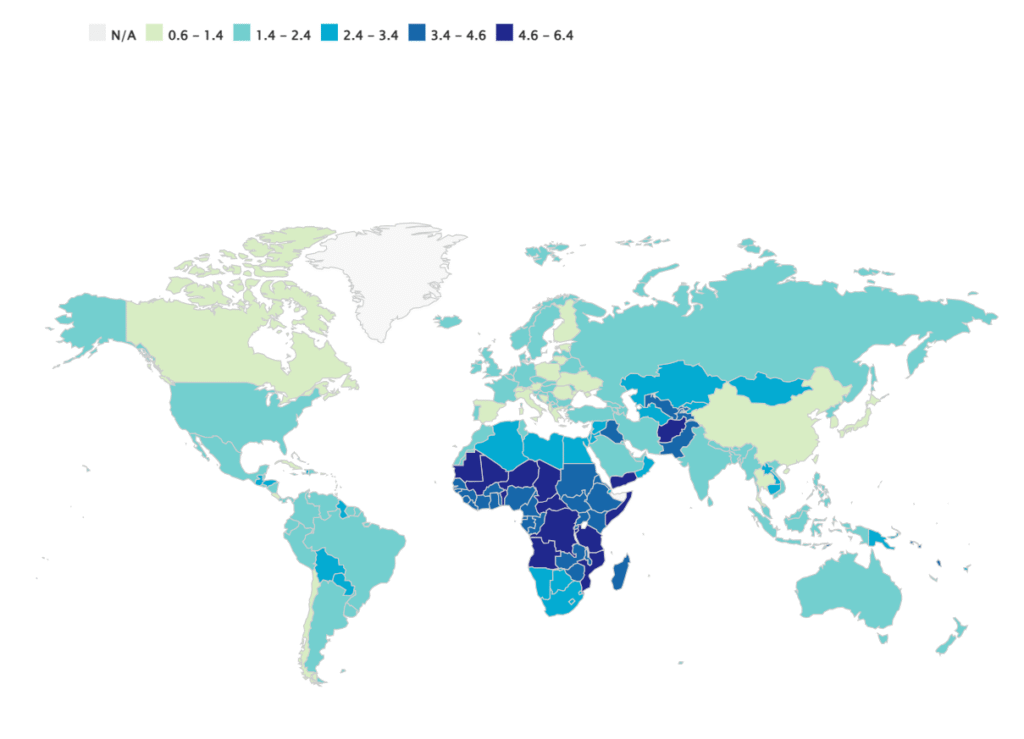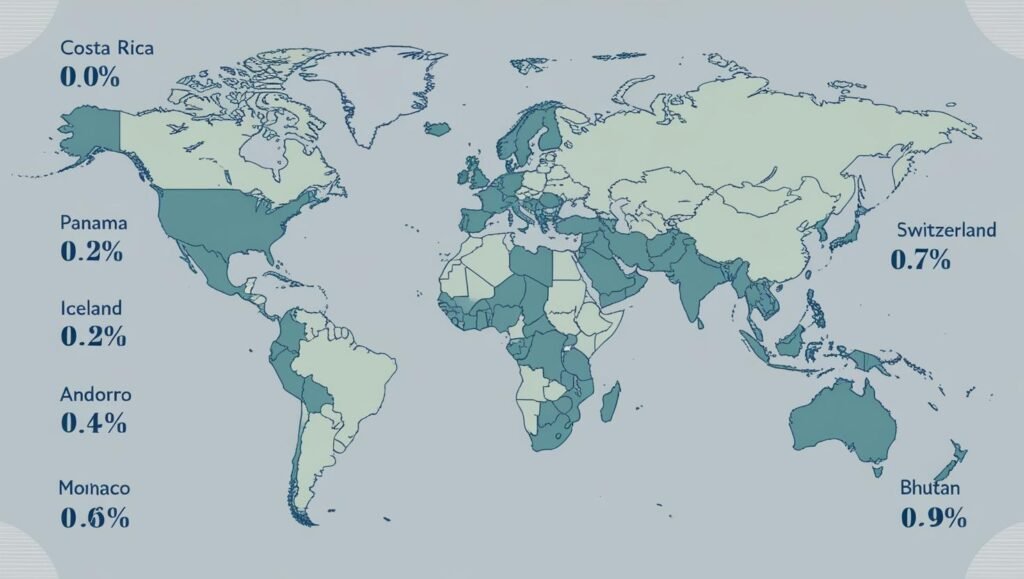May 2025
In 2025, the global economic landscape is increasingly shaped by the strategic use of sanctions and trade policies. Nations are leveraging these tools to assert geopolitical influence, leading to significant disruptions in international trade and economic stability.
Understanding Sanctions and Trade Wars
- Sanctions are economic penalties imposed by one country (or group of countries) on another, targeting specific sectors, entities, or individuals to achieve foreign policy objectives.
- Trade Wars involve countries imposing tariffs or other trade barriers on each other in retaliation, aiming to protect domestic industries but often leading to increased costs and supply chain disruptions.
Top Countries Most Affected by Sanctions and Trade Wars in 2025
| Rank | Country | Key Impact Areas |
|---|---|---|
| 1 | Russia | Energy exports, financial sanctions, GDP contraction |
| 2 | Iran | Oil exports, banking restrictions, currency devaluation |
| 3 | China | Technology export controls, semiconductor industry |
| 4 | Venezuela | Crude oil sanctions, hyperinflation, political instability |
| 5 | North Korea | Comprehensive trade embargoes, humanitarian challenges |
| 6 | Cuba | Continued U.S. embargo, limited access to global markets |
| 7 | Turkey | Defense sector sanctions, currency volatility |
| 8 | Myanmar | Military-related sanctions, trade isolation |
| 9 | Pakistan | Regional trade pressures, financial scrutiny |
| 10 | India | Indirect effects from global tariffs and digital trade regulations |
Russia: Economic Strain Amid Sanctions
Russia faces extensive sanctions from Western nations due to its actions in Ukraine. These measures have led to:
- A significant contraction in GDP, estimated at 10–12% below pre-invasion trends .
- A 20–25% decline in personal disposable income .
- Restrictions on energy exports and exclusion from international financial systems.
Iran and Venezuela: Oil-Dependent Economies Under Pressure
Iran continues to grapple with sanctions targeting its oil exports and banking sector, resulting in economic instability and currency devaluation.
Venezuela faces similar challenges, with sanctions exacerbating hyperinflation and political unrest.
China: Navigating Trade Tensions
China is contending with:
- Export controls on advanced technologies, including semiconductors.
- Reciprocal tariffs with the U.S., leading to a bilateral tariff rate of approximately 125% .
- Efforts to bolster domestic industries and reduce reliance on foreign technology.
Global Ripple Effects
Even nations not directly targeted by sanctions or trade wars are experiencing collateral impacts:
- India faces indirect effects from global tariffs and digital trade regulations.
- Turkey is dealing with defense sector sanctions and currency volatility.
- Pakistan encounters regional trade pressures and financial scrutiny.
Sectors Most Affected
| Sector | Countries Impacted |
|---|---|
| Energy & Oil | Russia, Iran, Venezuela |
| Technology | China, North Korea |
| Banking & Finance | Russia, Iran, Turkey |
| Agriculture | India, Pakistan, Myanmar |
| Defense & Aviation | Turkey, China, Russia |
Emerging Beneficiaries
Some countries are capitalizing on the shifting trade dynamics:
- India is positioning itself as a neutral manufacturing hub.
- Brazil and Indonesia are expanding their agricultural exports.
- UAE and Saudi Arabia are leveraging increased energy demand and strategic diplomacy.
Looking Ahead
The use of sanctions and trade policies as geopolitical tools is likely to persist, influencing global economic trends. Businesses and policymakers must navigate this complex environment with strategic foresight.
“Note: This article is based on publicly available information as of May 2025. For the most current updates, please refer to official government releases and international news outlets.”



